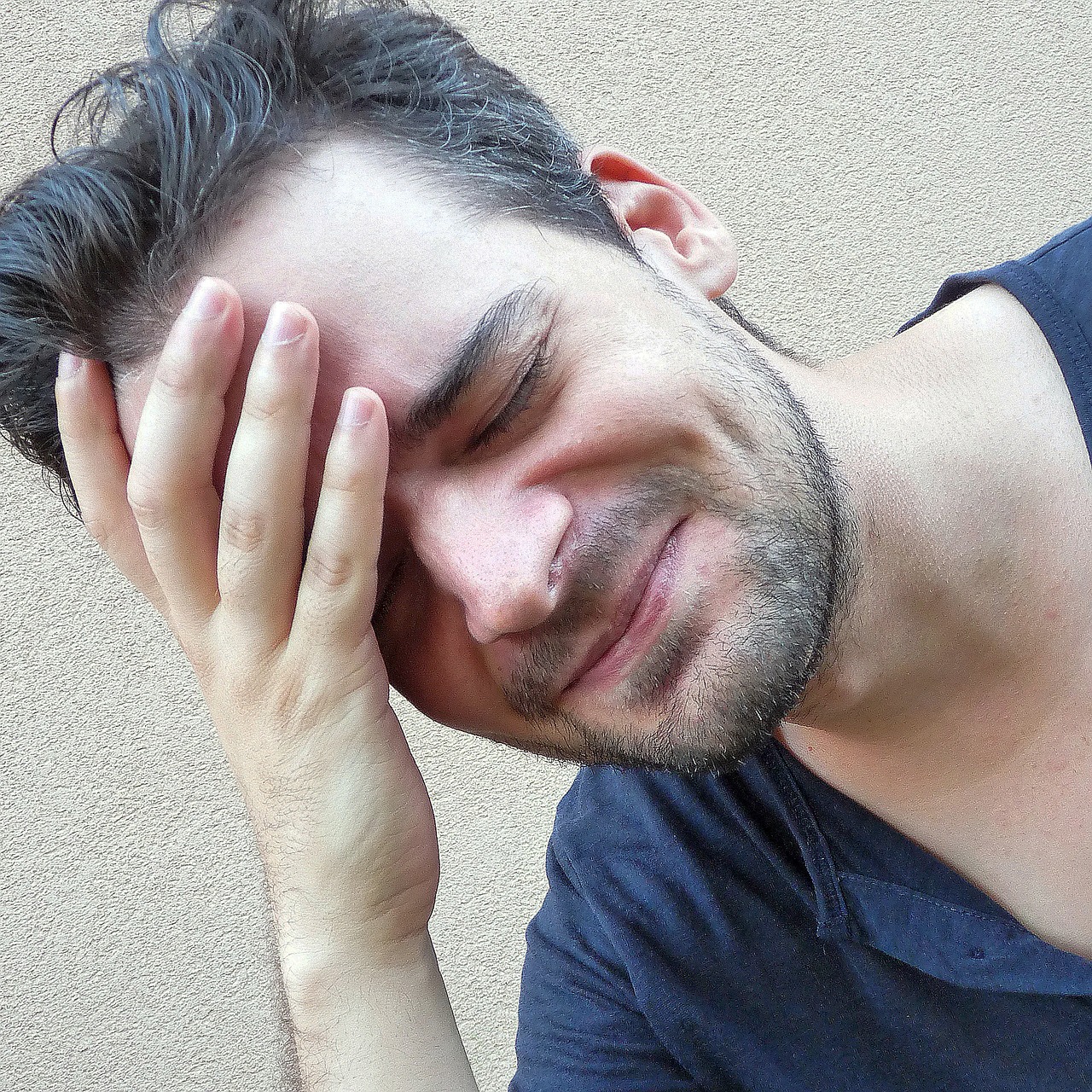

They'll often get cluster headaches every year for many years and they may be lifelong. For example, they often wake up with a headache within a couple of hours of going to sleep. People tend to get cluster headaches at the same time each day. Pattern of attacksĬluster headaches usually happen every day, in bouts lasting several weeks or months at a time (typically 4 to 12 weeks), before they subside.Ī symptom-free period (remission) will often follow, which sometimes lasts months or years before the headaches start again. Some people who get cluster headaches have other family members who also get them, which suggests there may be a genetic link.Ĭluster headache attacks can sometimes be triggered by drinking alcohol or by strong smells, such as perfume, paint or petrol. People who smoke seem to have a higher risk of getting cluster headaches. The exact cause of cluster headaches is not clear, but they have been linked to activity in part of the brain called the hypothalamus. The attacks generally last between 15 minutes and 3 hours, and typically occur between 1 and 8 times a day. You may also get 1 or more of the following symptoms: People often feel restless and agitated during an attack because the pain is so intense, and they may react by rocking, pacing or banging their head against the wall. It tends to affect the same side for each attack. It's often felt around the eye, temple and sometimes face. The pain is very severe and is often described as a sharp, burning or piercing sensation on one side of the head. Symptoms of a cluster headacheĬluster headaches begin quickly and without warning.

Anyone can get them, but they're more common in men and tend to start when a person is in their 30s or 40s. Cluster headaches are excruciating attacks of pain in one side of the head, often felt around the eye.Ĭluster headaches are rare.


 0 kommentar(er)
0 kommentar(er)
